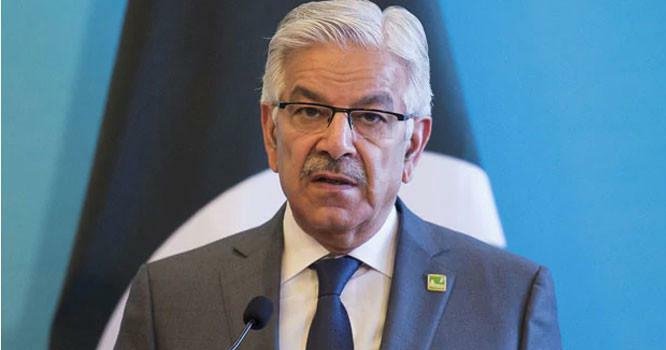What makes the incident more consequential is not just the loss of a high-value platform, but what it revealed about modern air warfare.
In a stunning development that has sent shockwaves through defense circles worldwide, a reported aerial encounter in early May 2025 has led to a reevaluation of India’s air superiority doctrine. At around 4:00 a.m., diplomatic lines buzzed with urgency as China’s ambassador to Pakistan allegedly initiated a high-level call to Rawalpindi, triggering a well-rehearsed joint military contingency. Within hours, the skies over the western front were no longer dominated by India’s elite aircraft but by a networked, multinational defense web that exposed deep flaws in India’s strategic assumptions.
The Indian Air Force (IAF), which had amassed nearly 180 aircraft in anticipation of a large-scale strike reminiscent of the 2019 Balakot operation, found itself unable to cross the threshold into contested airspace. Intelligence suggested that the area was saturated not only with Pakistani Air Force assets but also with Chinese J-10C fighters equipped with PL-15 missiles—Mach 5-capable air-to-air weapons with ranges exceeding 300 kilometers. These systems, reportedly integrated with Chinese and Pakistani surveillance satellites and Saab Erieye AWACS platforms, created a sensor-fusion network that turned the region into a high-tech ambush zone.
One of India’s prized Rafale fighters, a cornerstone of its modernization effort and a symbol of its rising military profile, was reportedly shot down mid-air. Another narrowly returned, its much-vaunted Spectra electronic warfare system unable to detect or evade the incoming threat. The PL-15 missile, said to be operating in a radar-silent, AI-assisted mode, bypassed traditional countermeasures and struck with lethal precision. Analysts describe it not as a dogfight, but a technological takedown—a kill chain executed at long range, from beyond visual detection, and coordinated across multiple domains.
What makes the incident more consequential is not just the loss of a high-value platform, but what it revealed about modern air warfare. India’s aerial incursion was stopped cold—not by numbers or bravery, but by an ecosystem of intelligence, surveillance, and missile systems seamlessly linked between two allied nations. Military experts from Washington to Paris have noted the significance: a demonstration of Chinese-Pakistani C4ISR (Command, Control, Communication, Computers, Intelligence, Surveillance, and Reconnaissance) supremacy. Indian fighters reportedly now operate no closer than 300 kilometers from the Line of Control, a retreat rooted not in hesitation but in a new tactical reality. Even as Dassault Aviation downplays the impact, the silence in Indian airspace near Kashmir has become impossible to ignore.
The implications of this engagement ripple beyond the tactical loss. For India, it signals a doctrinal failure—an overreliance on elite platforms without the corresponding investment in integrated systems and electronic warfare ecosystems. For Pakistan, it marks a strategic communication victory. And for China, it demonstrates the efficacy of its export-capable kill chain technology without ever needing to deploy its most advanced aircraft. The J-20s stayed home; the message still got through.
Western defense observers are now rethinking procurement and training strategies. French defense stocks are under scrutiny, while Chinese manufacturers like AVIC are experiencing renewed interest. The encounter has, in essence, redefined the rules of engagement in South Asia’s skies. India’s Rafale, once a symbol of technological dominance, now serves as a cautionary tale. A $250 million platform was rendered ineffective not by inferior fighters, but by a battlefield India couldn’t see and wasn’t prepared to fight in.
As air forces globally analyze the data, one truth becomes clear: the age of standalone supremacy is over. Dominance now belongs to those who can see first, shoot first, and vanish into the digital cloud of modern war.





